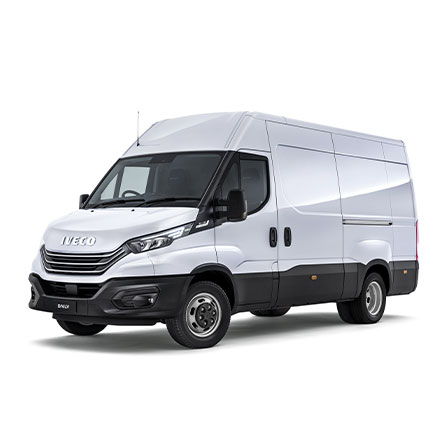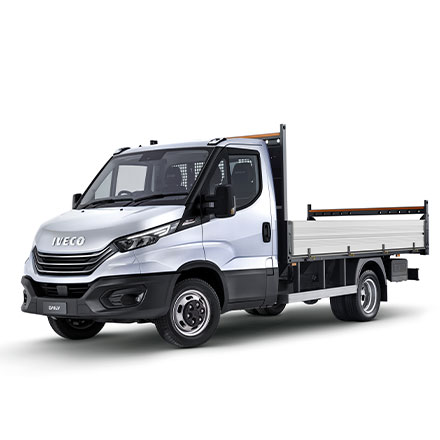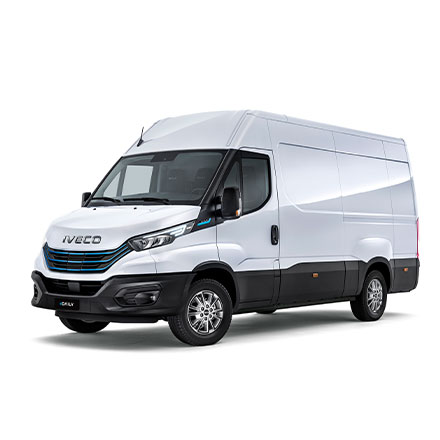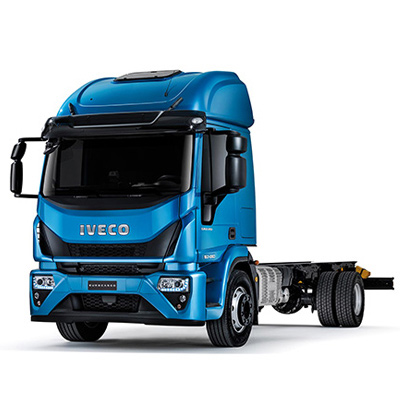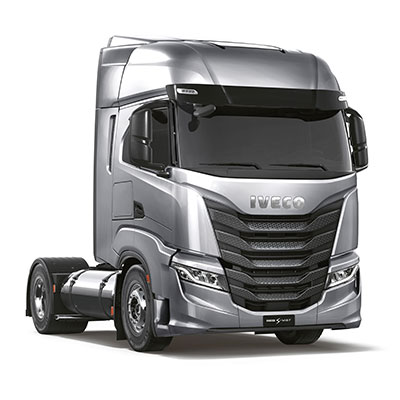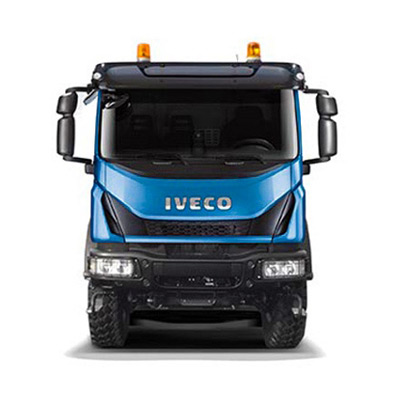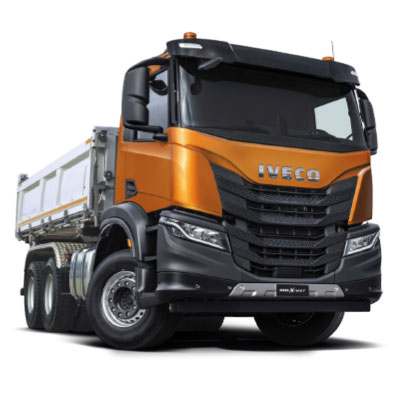Please Wait
Hitting The HI Notes - Iveco's SCR-only engines
Thursday 3rd March 2016
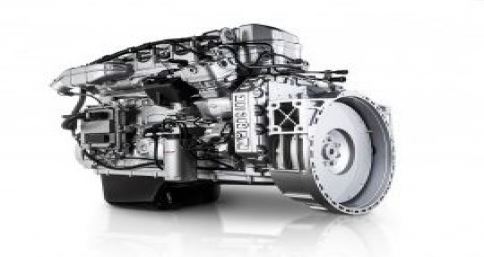
Hitting the HI notes Iveco’s SCR-only engines explained
Dispensing with an EGR system is Iveco’s answer to meeting Euro-6 emissions standards
One of the key attractions of the new Eurocargo, especially to operators in the urban environment, which is, after all, the natural habitat of rigid distribution trucks, is Iveco’s solution to meeting the Euro-6 emissions standard. While other contenders in this sector use an emissions-reduction strategy partly based on exhaust gas recirculation (EGR), this has the disadvantage of being not ideally suited to low-speed urban operations. This works, as its name suggests, by partially diverting already burnt gasses back into the combustion chambers.
Regeneration
The problem is that a key component, the diesel particulate filter (DPF), periodically becomes clogged with carbon and combustion deposits, or soot, in everyday use. Unless this can be burned off during regular high-speed driving, which is often not the case in urban operations, it has to be subjected to an enforced regeneration process. This involves injecting extra fuel into the DPF and burning it at very high temperatures. The process has implications for fuel economy, productivity and in some cases, safety, as care has to be taken to avoid danger to people and objects in the vicinity of this extremely hot process.
Iveco’s answer is the HI-SCR system, which totally dispenses with an EGR system, the only gas passing into the engine being fresh air. The system still uses a DPF, but it operates at a much lower temperature, including during its continuous self-cleaning, a passive process requiring no driver involvement or additional fuel injection. Following combustion, the exhaust gas travels through a five-stage emissions process, although the whole system is conveniently packaged on the chassis to make life easier for bodybuilders.
Conversion and removal
The first stage is for all the unwanted initial components, carbon monoxide, nitrous oxides, hydrocarbons and particulate matter, to pass through the traditional diesel oxidisation catalyst, where most of the carbon-based constituents are converted. The residue then passes into the DPF, where the remaining particulates are removed. Stage three is the AdBlue dosing device, where the urea solution is mixed into the gas flow.
The gas then flows into the selective catalytic reduction (SCR) catalyst, which removes the traces of ammonia produced by the AdBlue. All that emerges from the tailpipe is nitrogen, carbon dioxide and water.
|
Extract from Commercial Motor supplement


